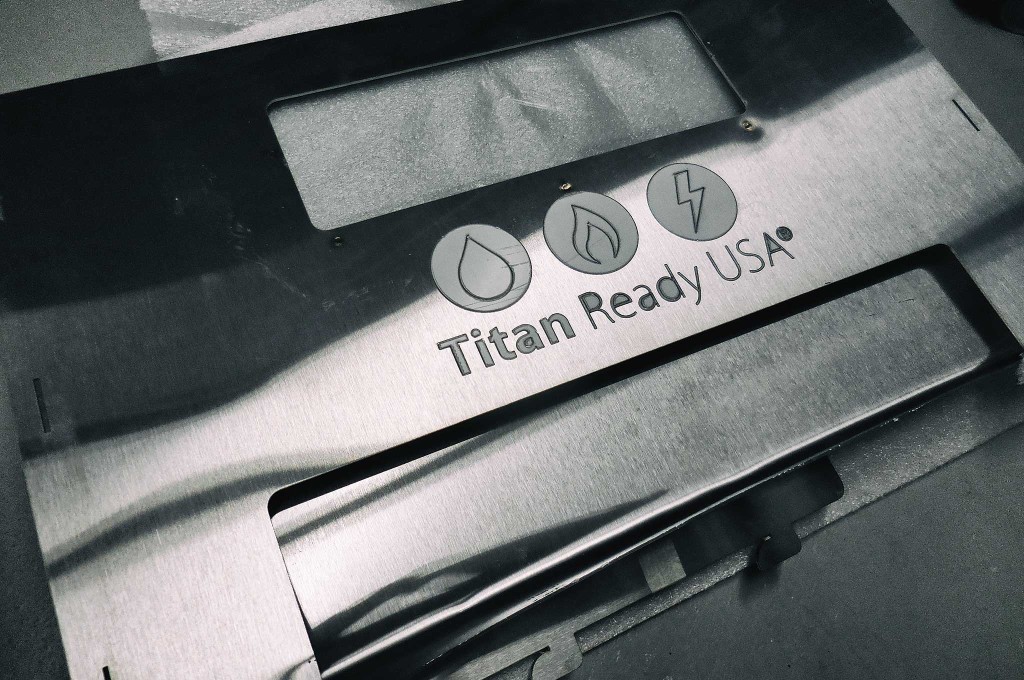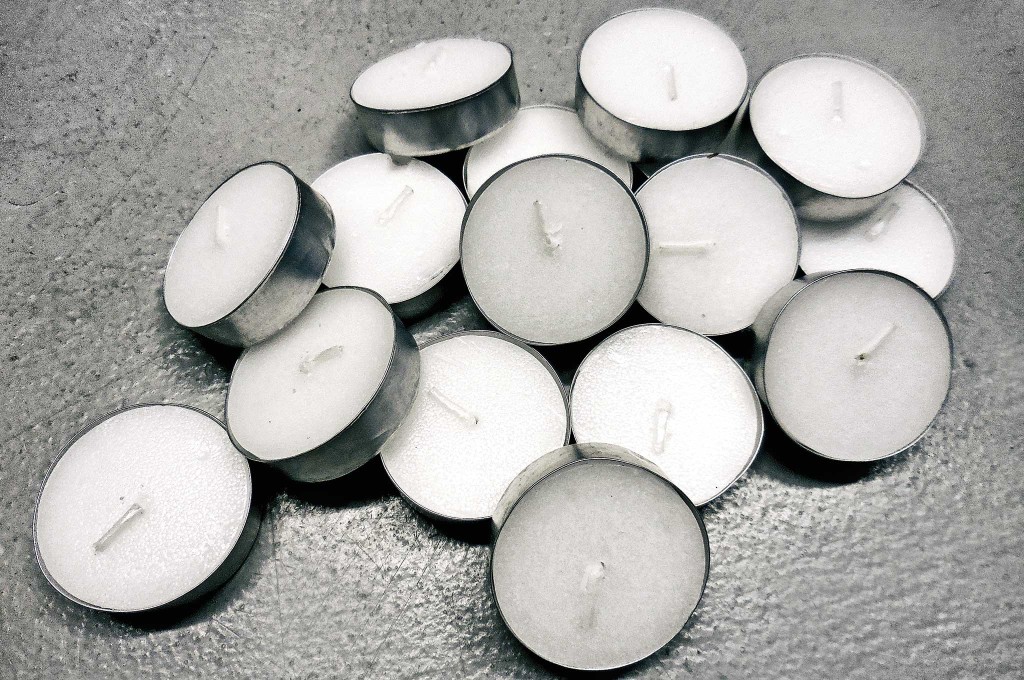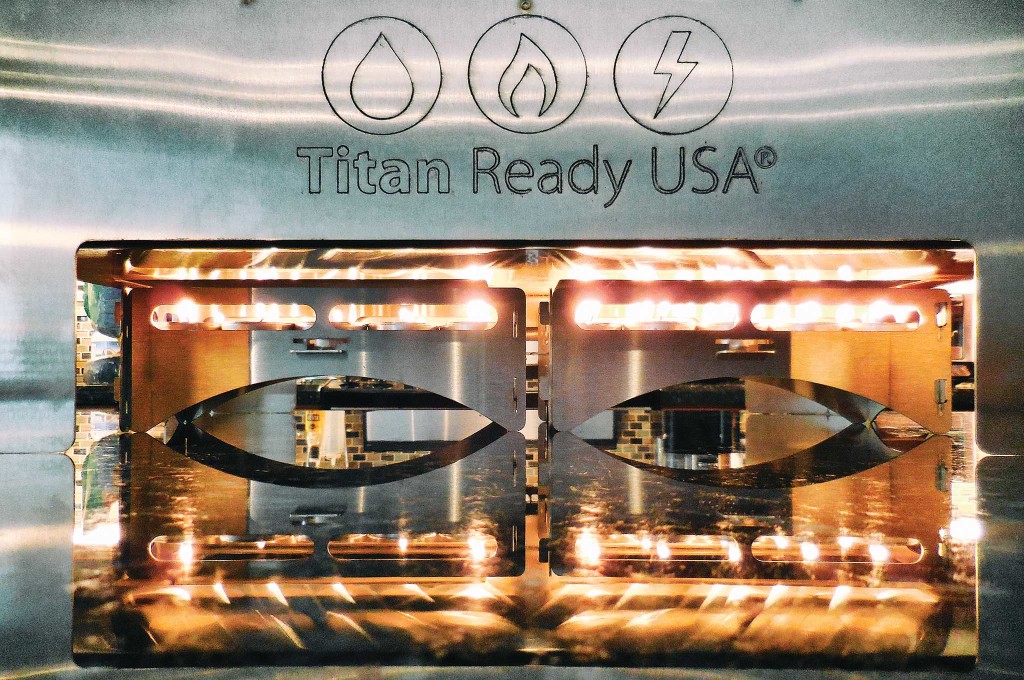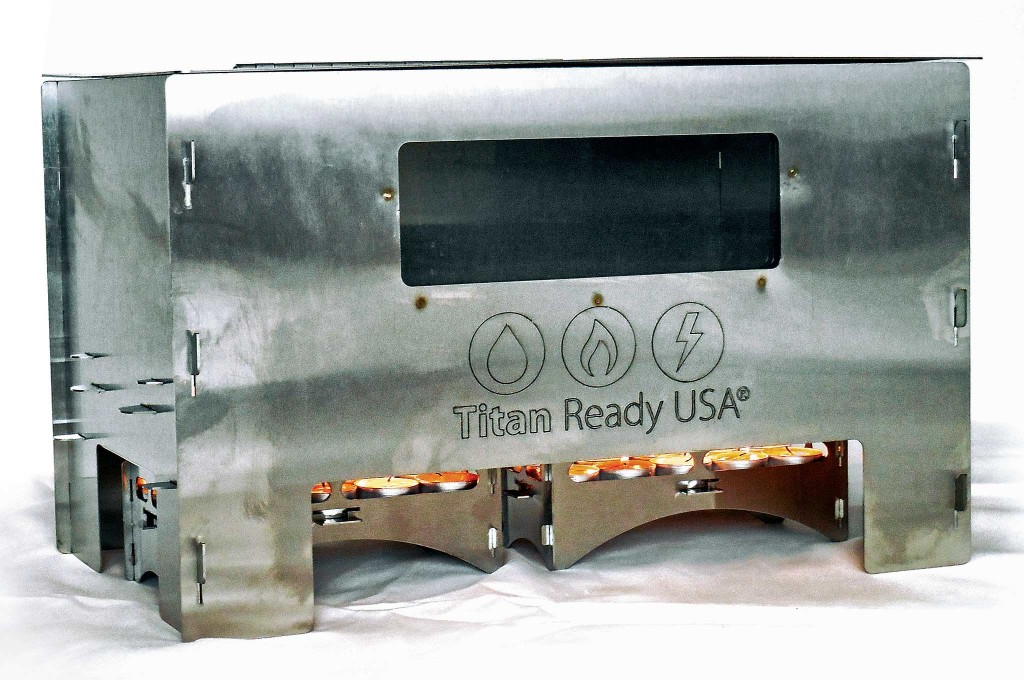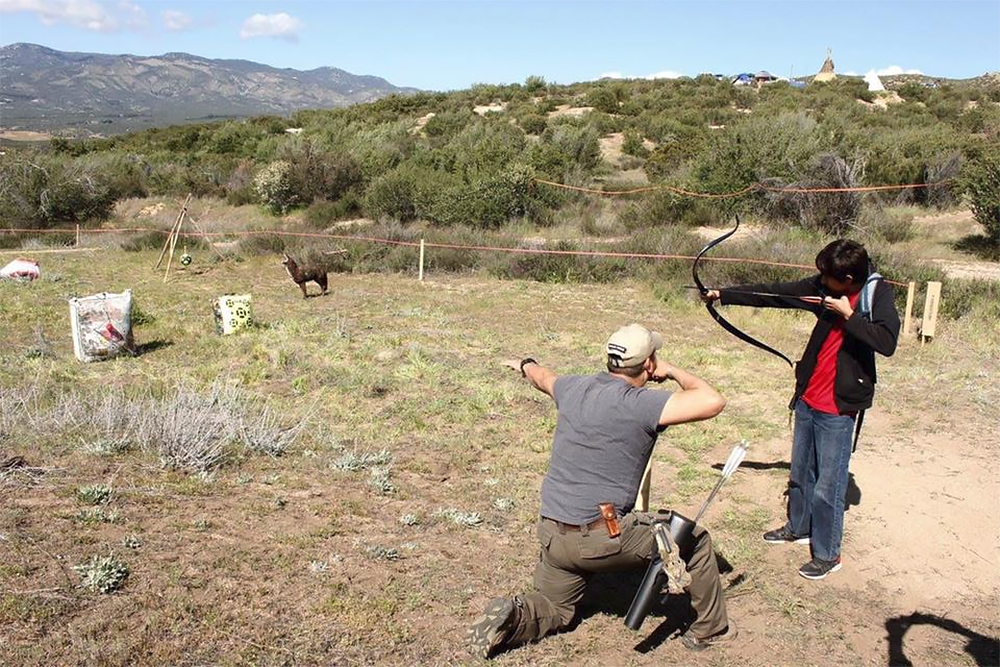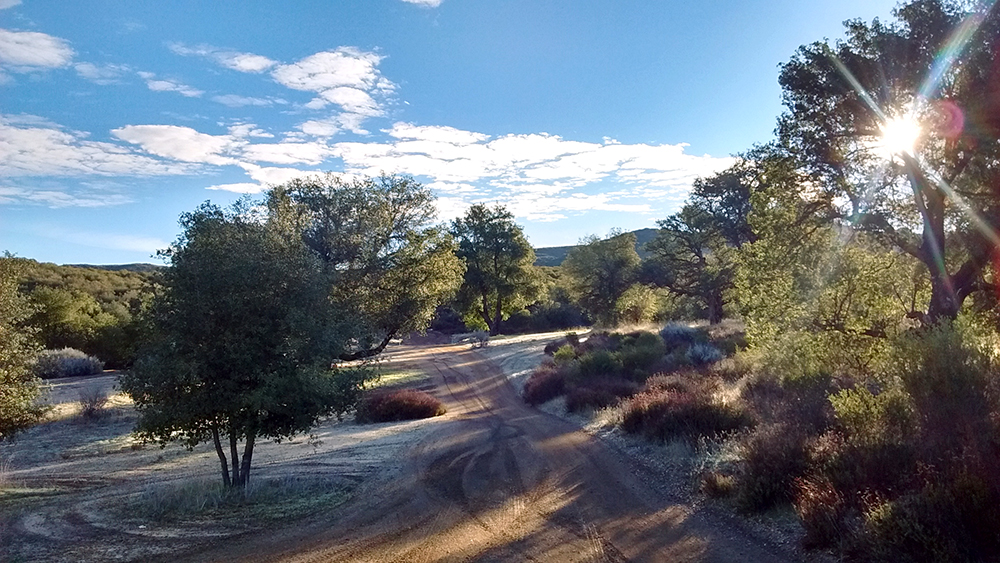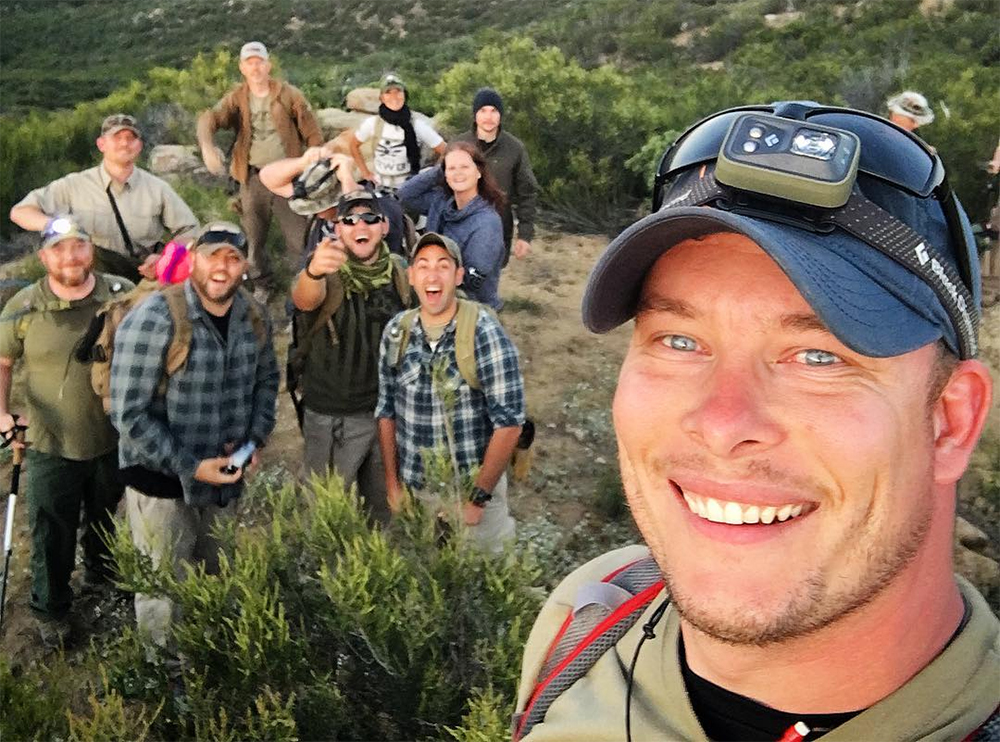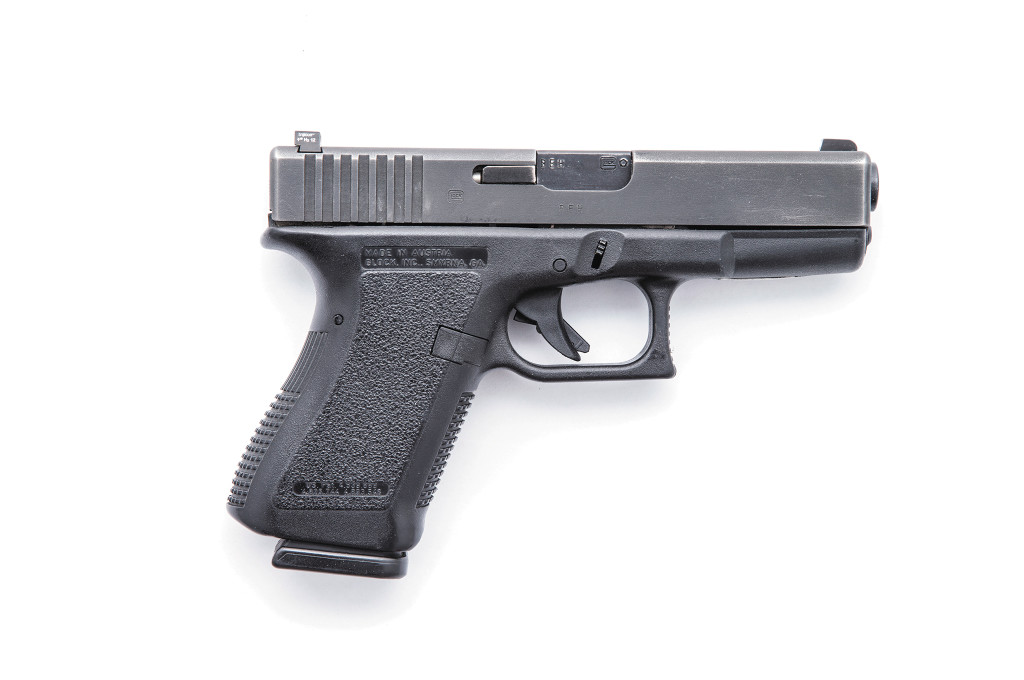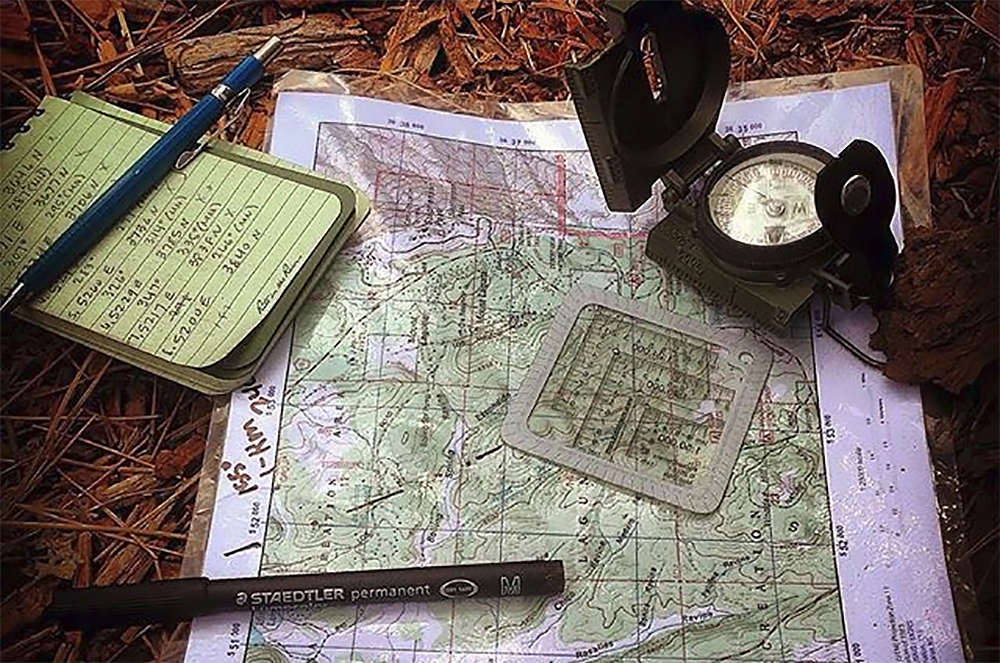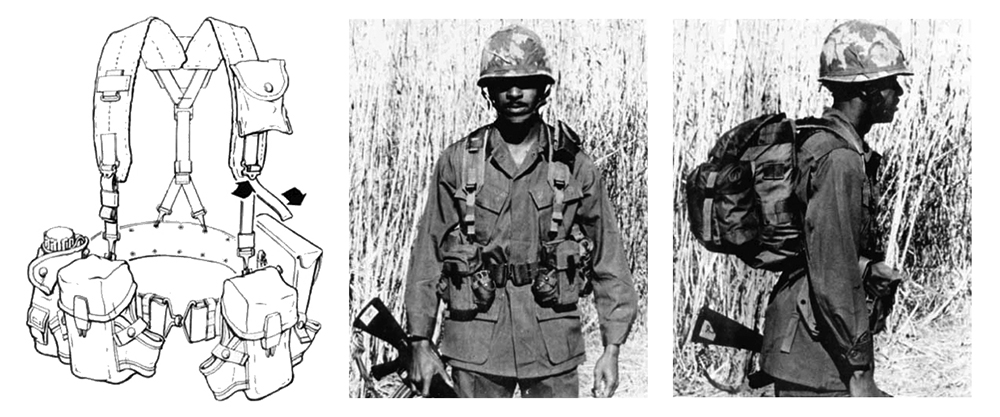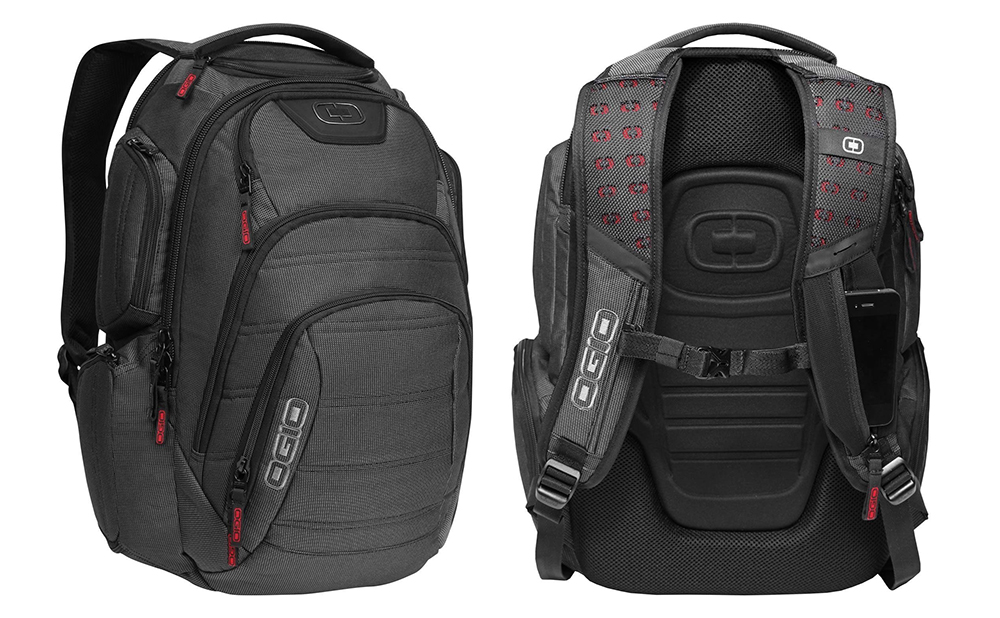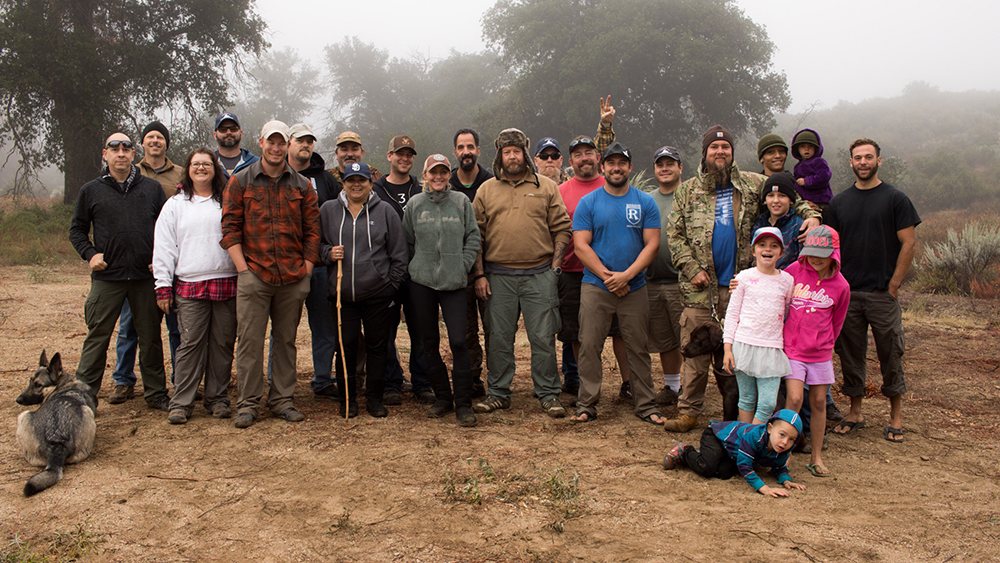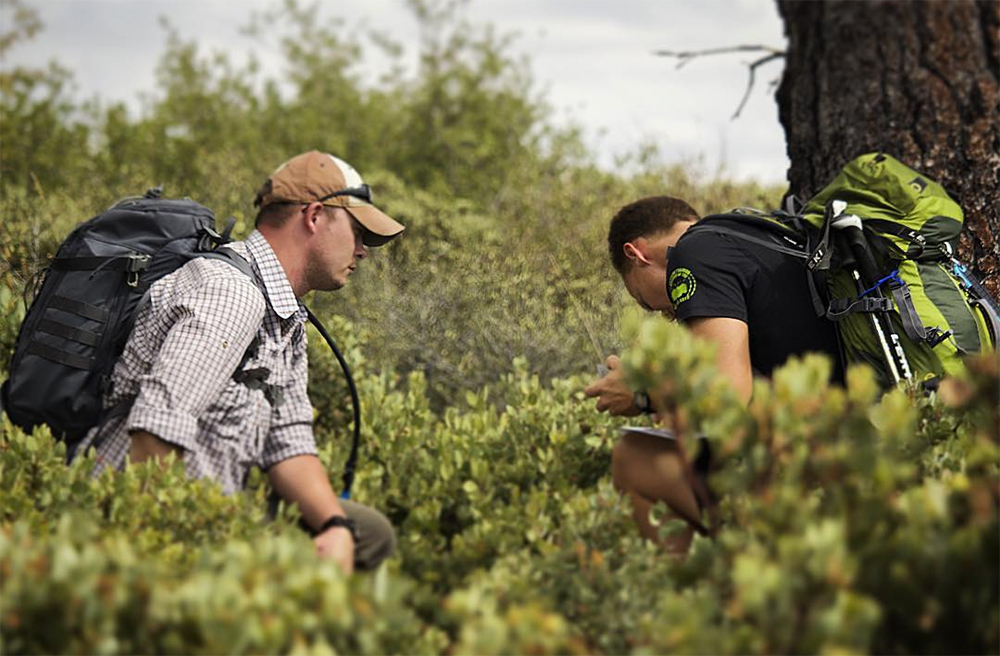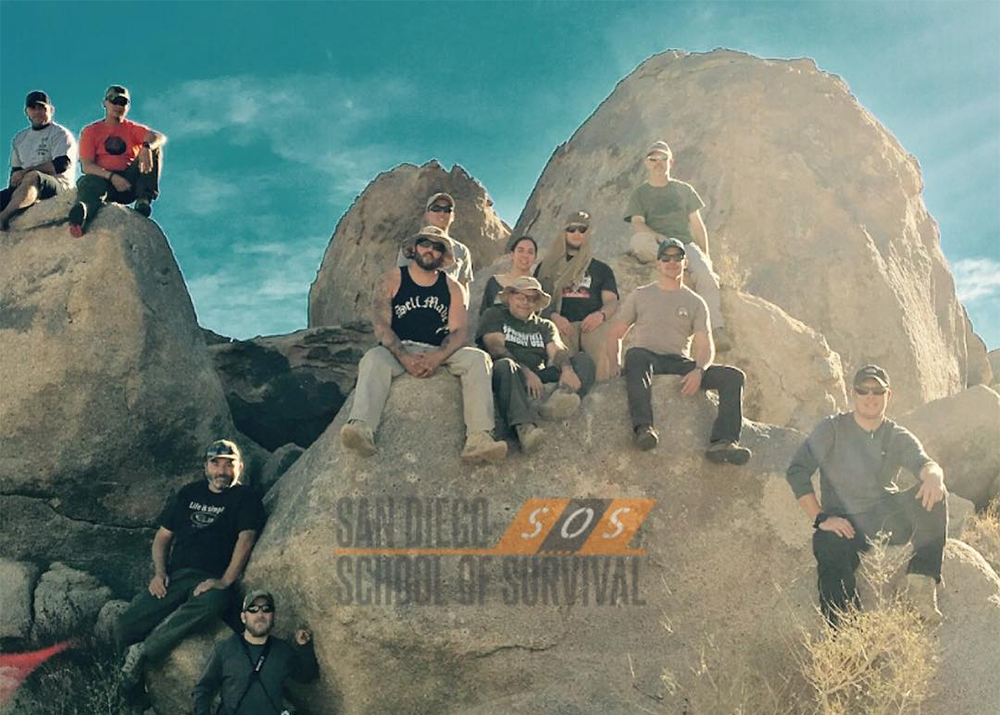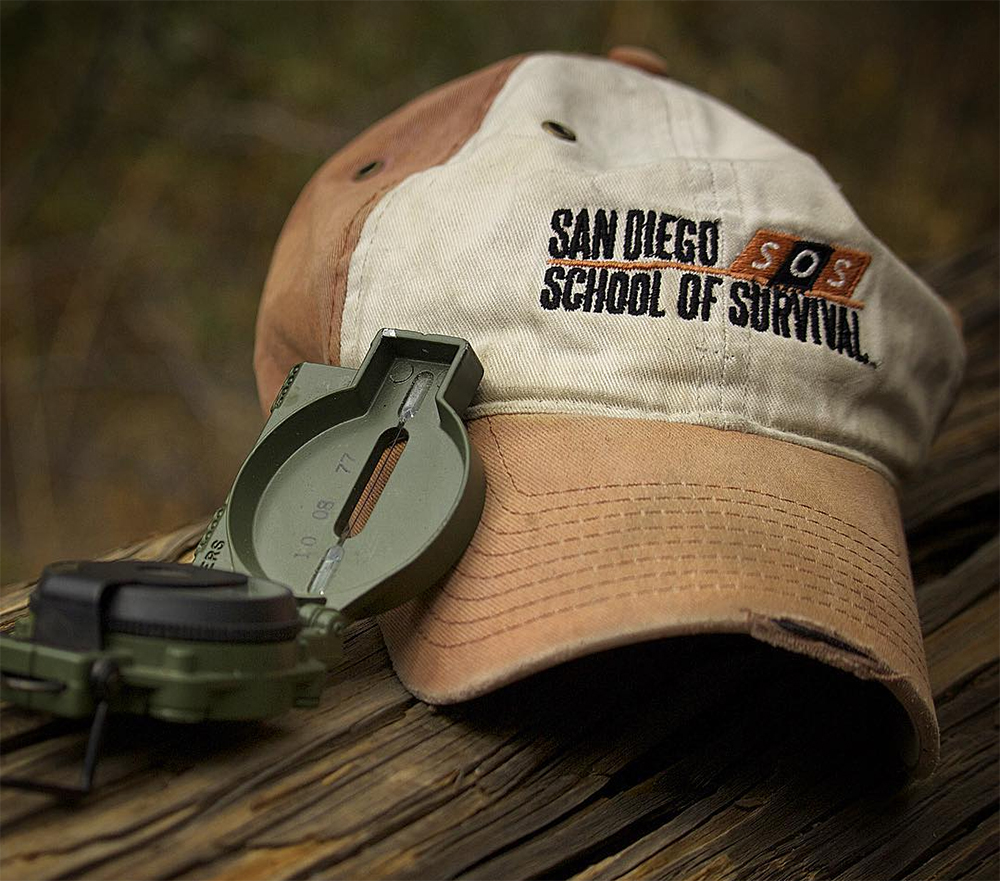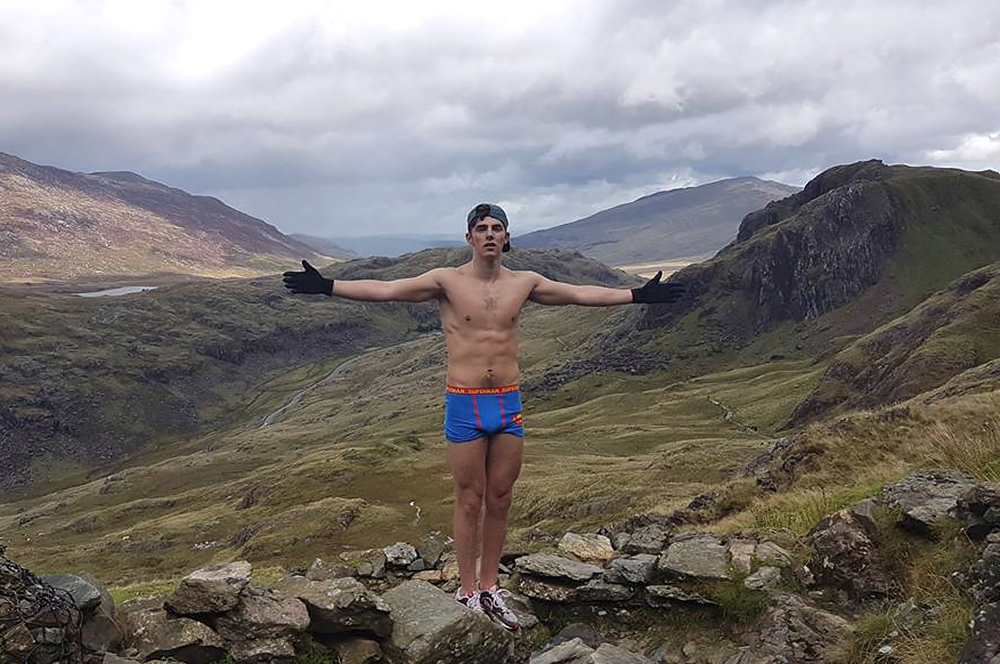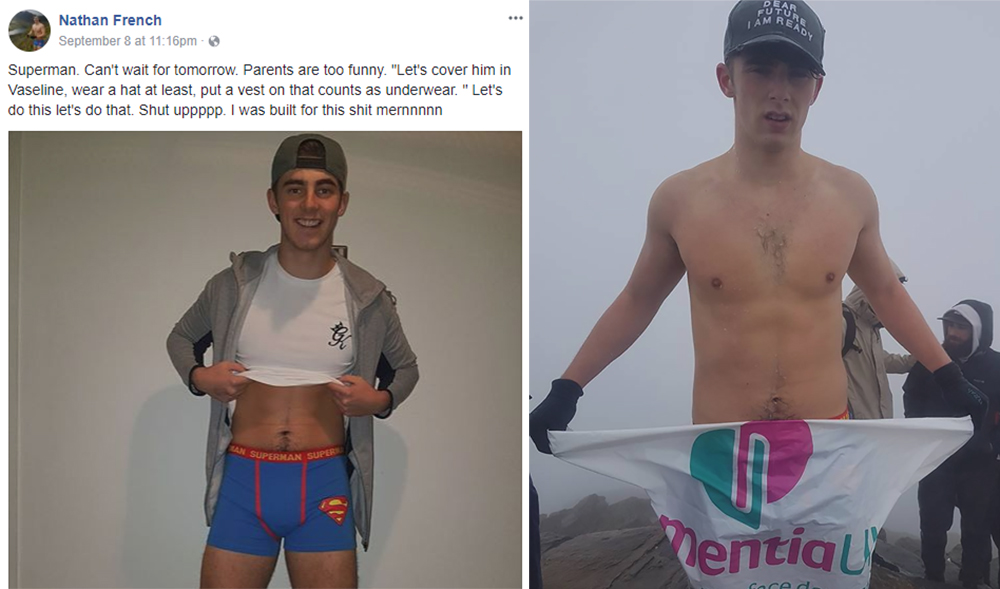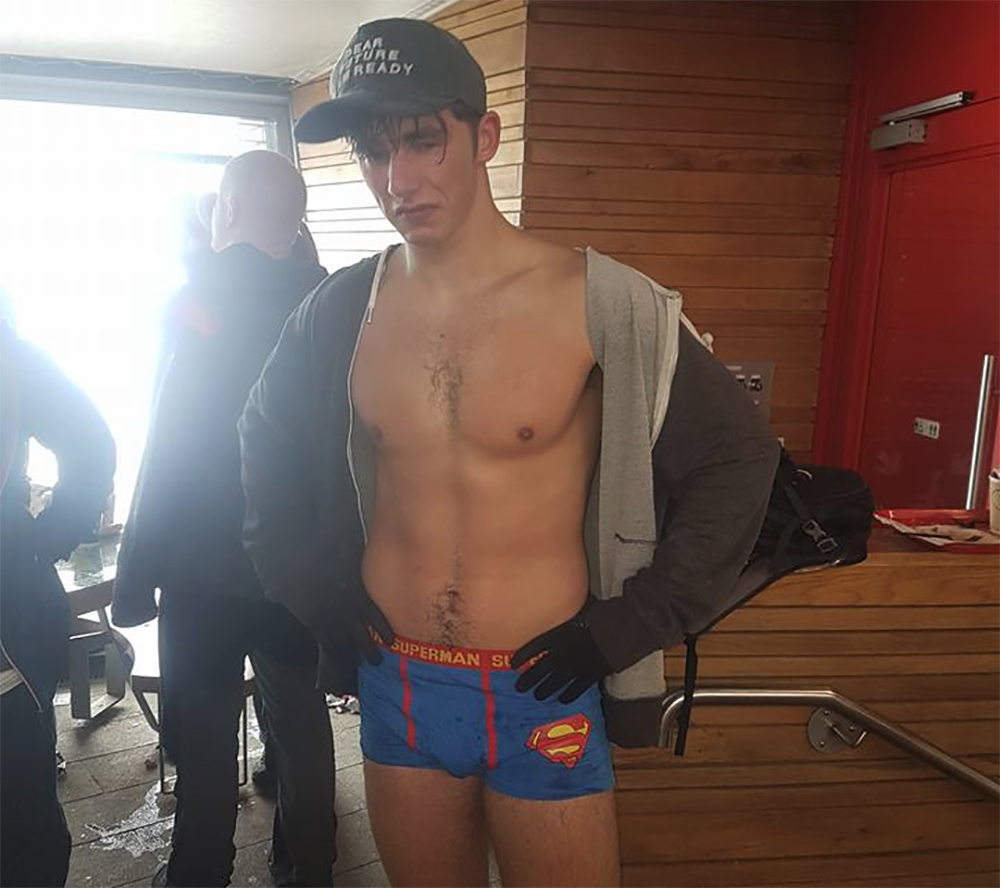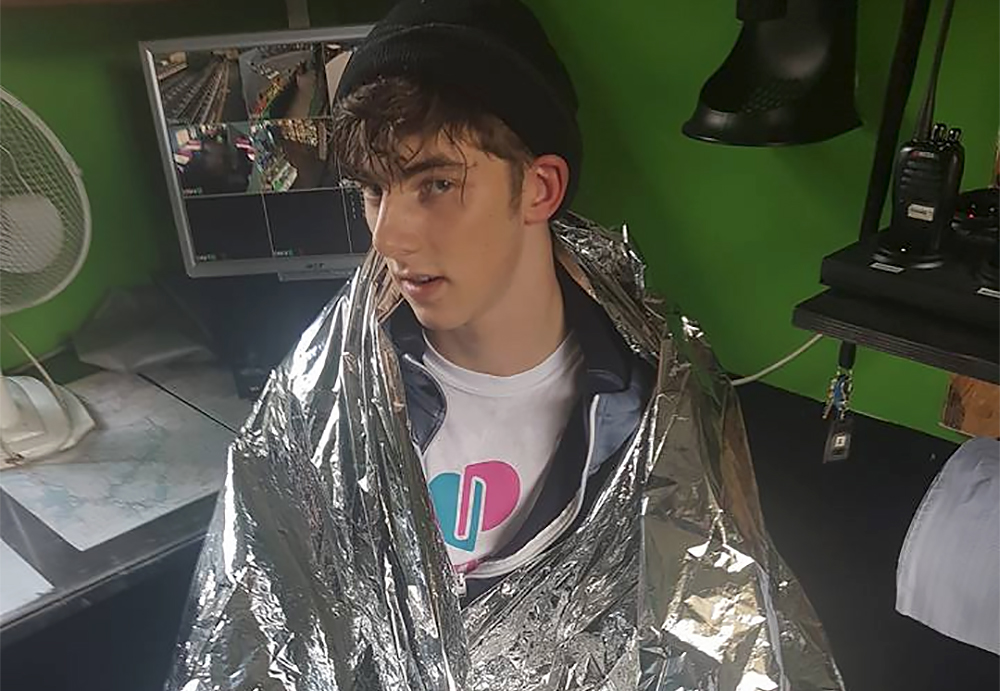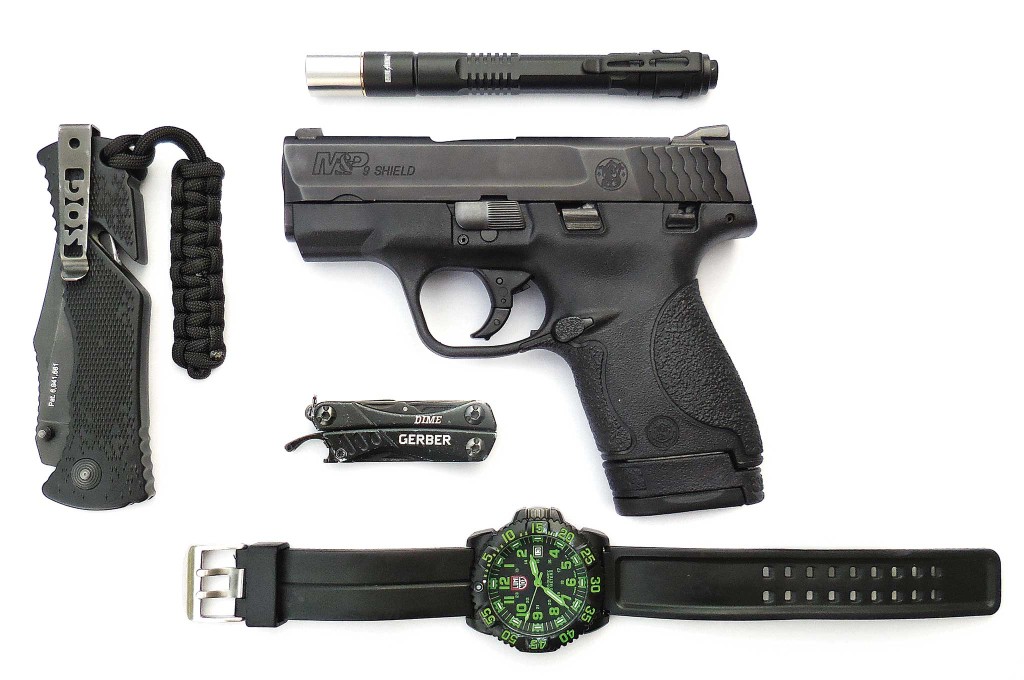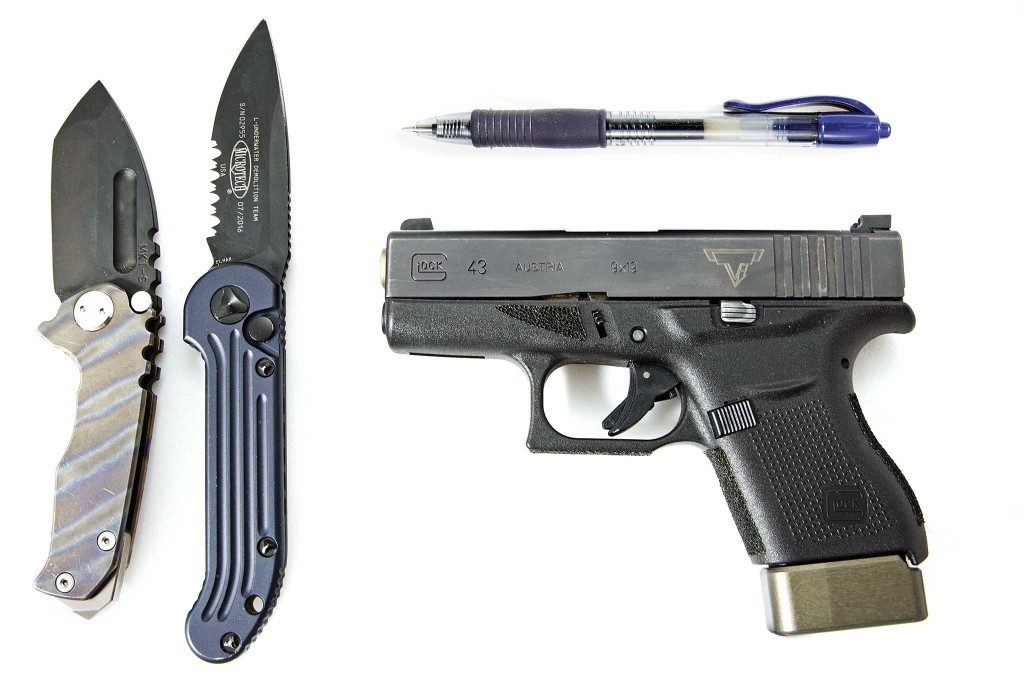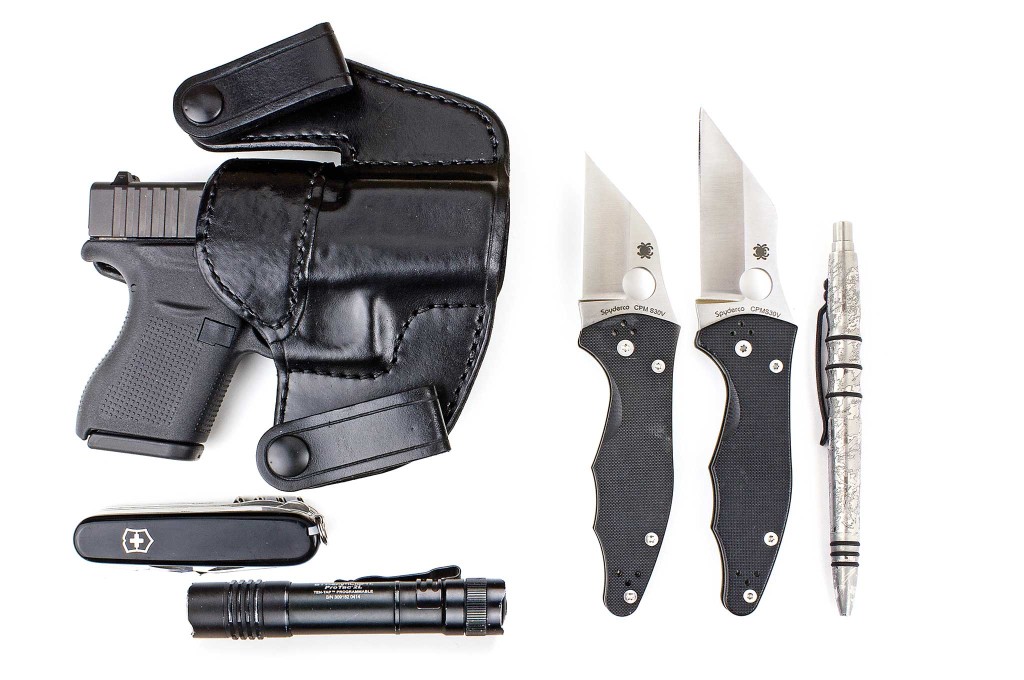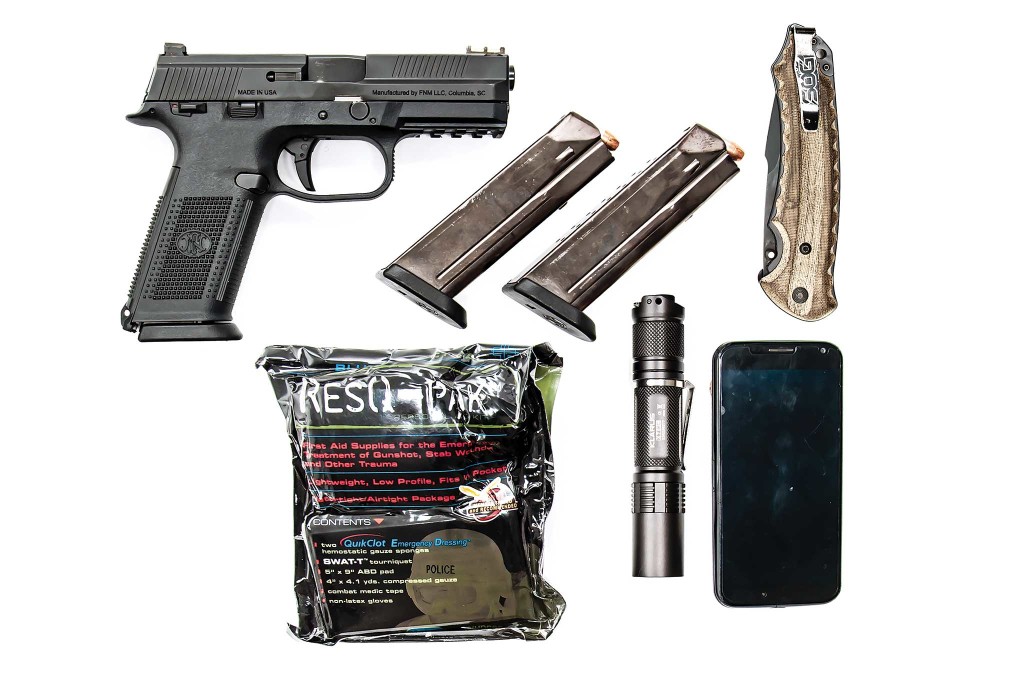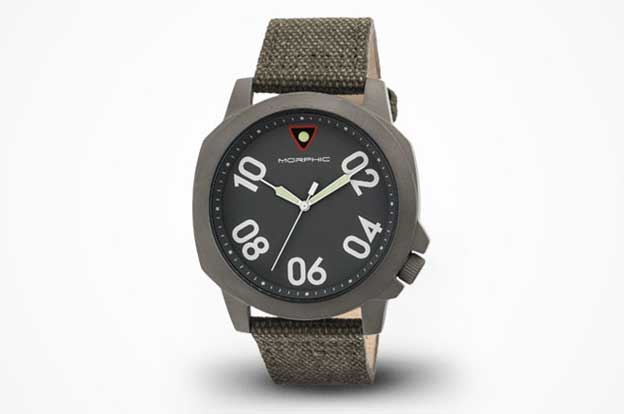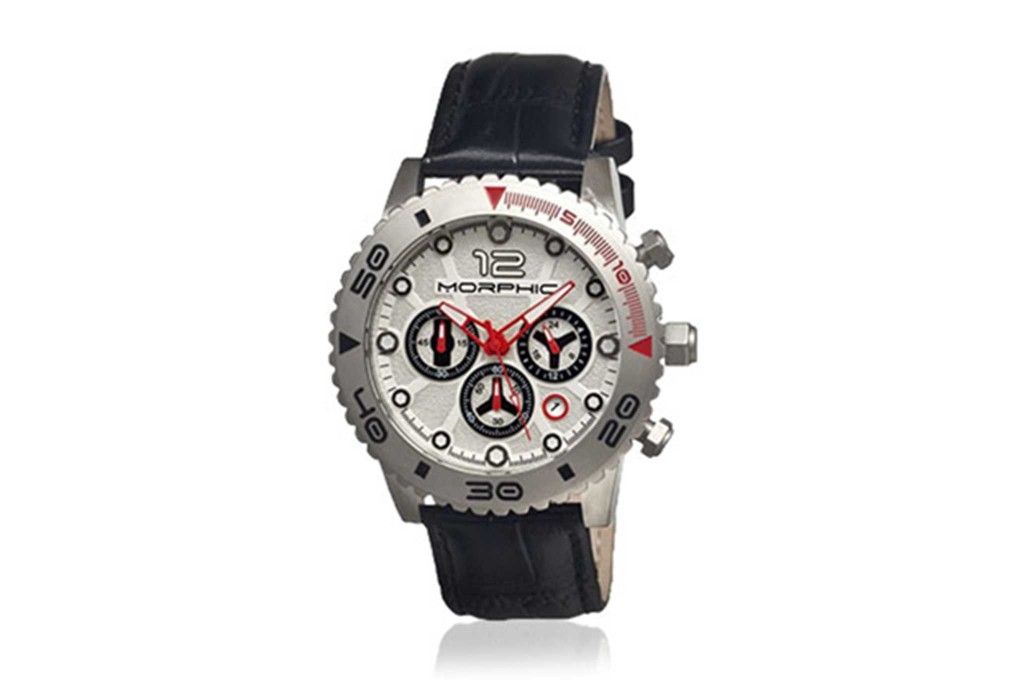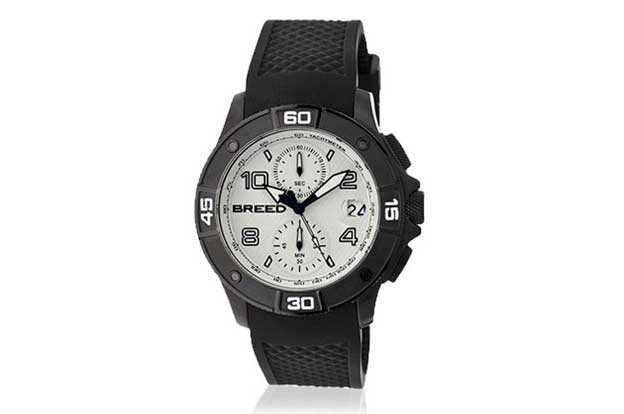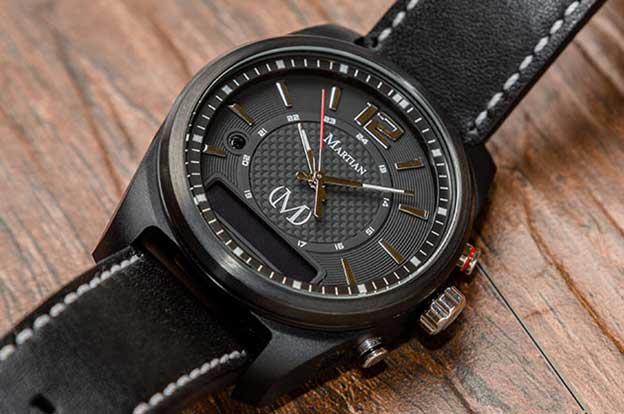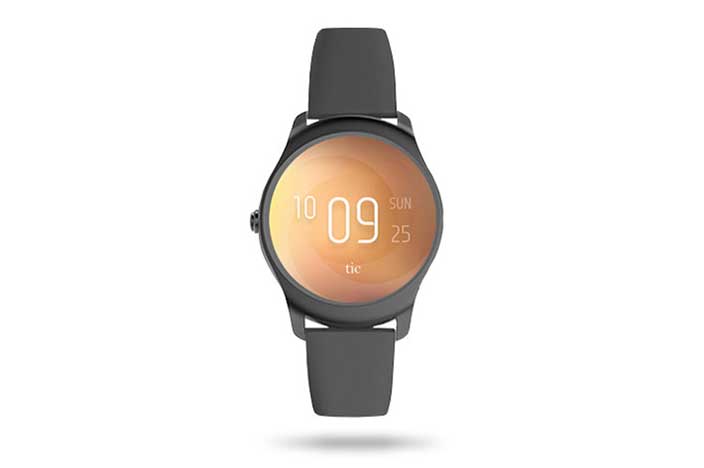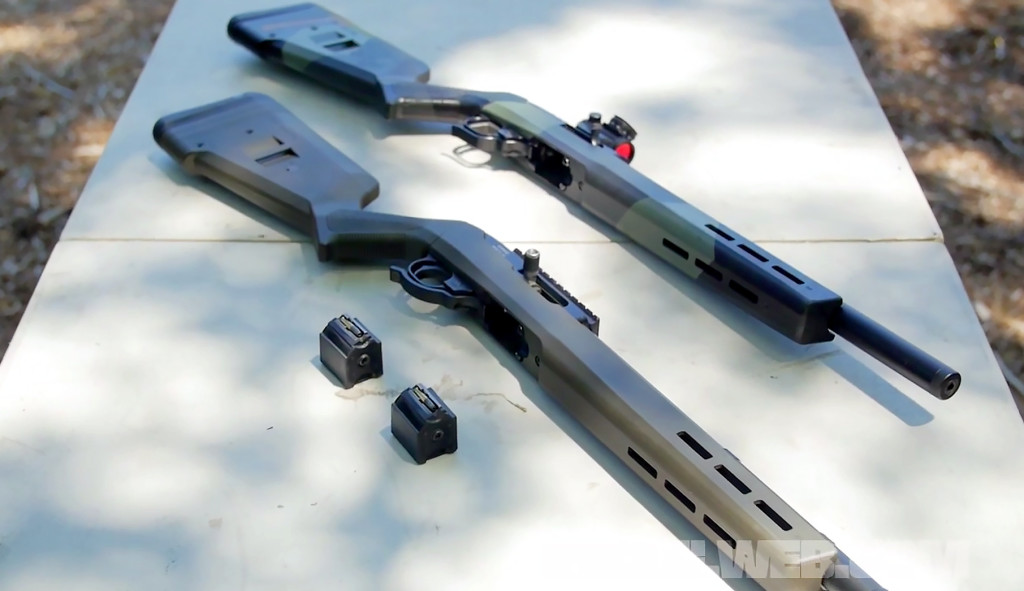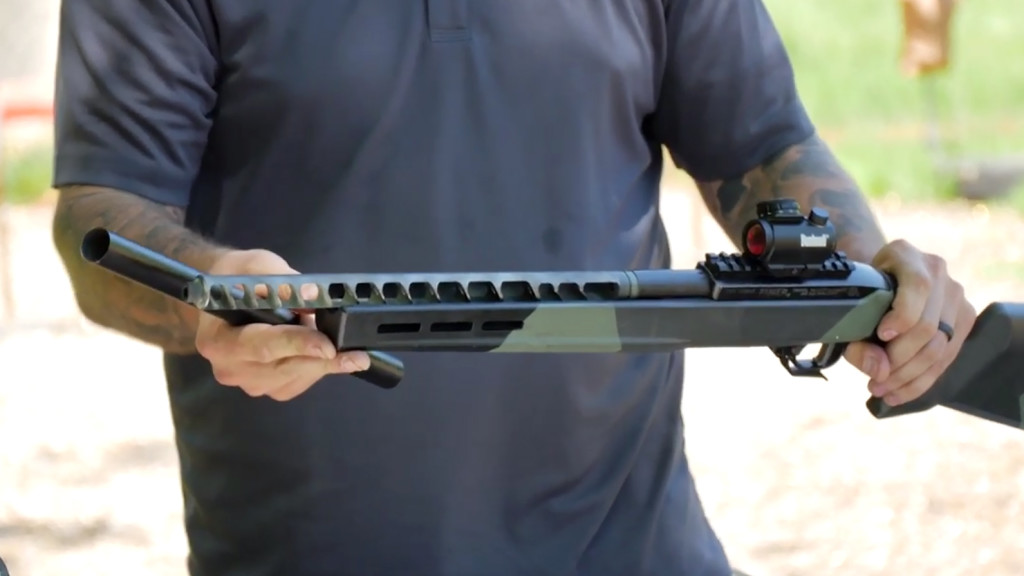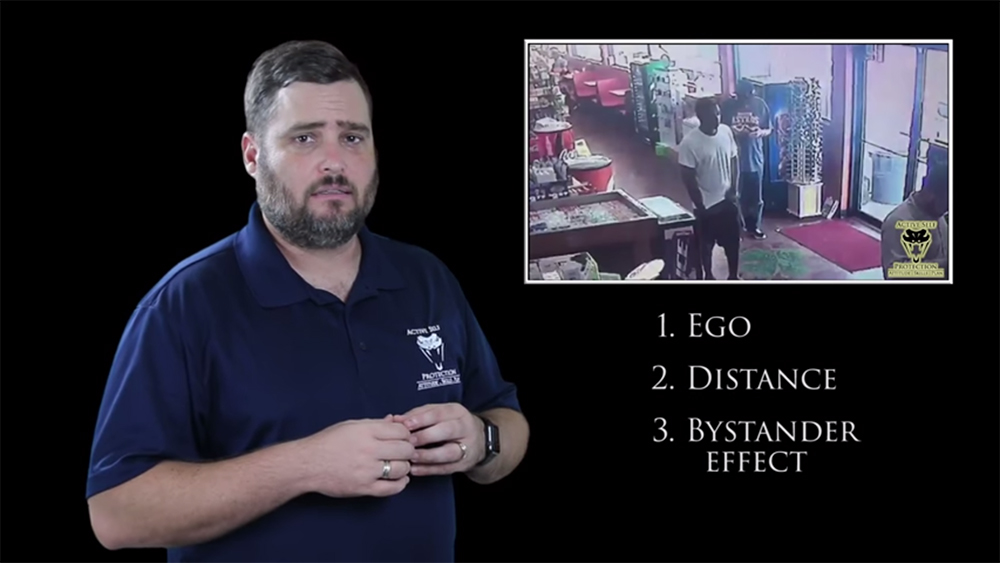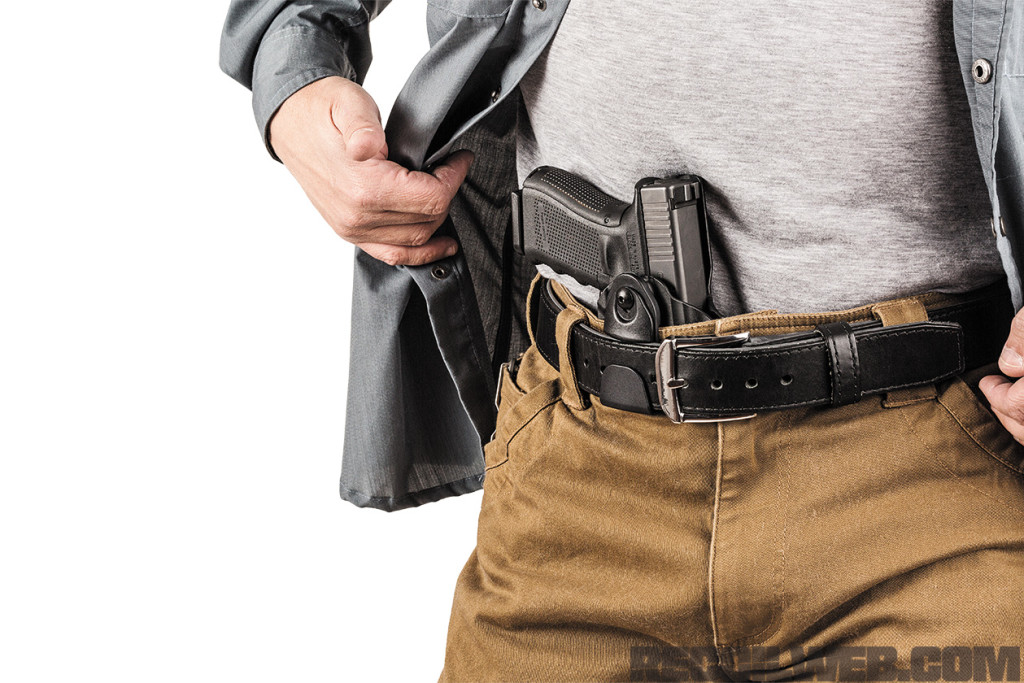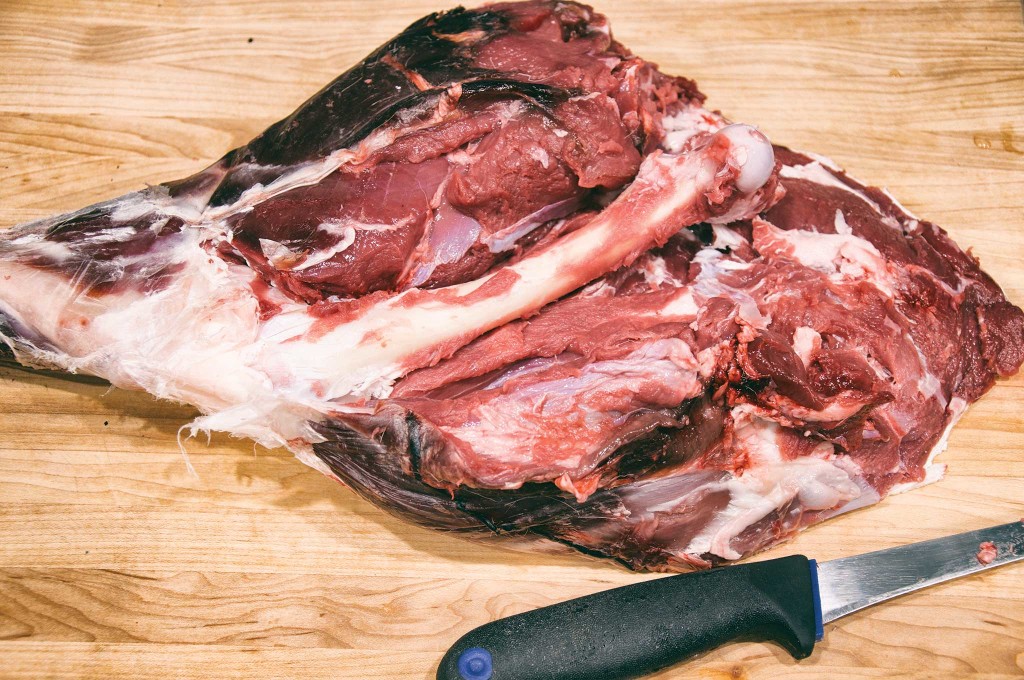Warning!
This article is meant to be a quick overview and not a detailed guide on precautions to take in preparation for and in response to an earthquake. To learn more about prepping for earthquakes, consult the US Geological Survey, an accredited healthcare agency, or an organization such as FEMA or the American Red Cross
Earthquakes — you never know when or where they’ll happen, and how severe the damage will be. Unlike other natural disasters, you have little if any warning, as there is still no accurate way to predict their exact date, time, and location. Even if you don’t live in an area that’s historically prone to this type of occurrence, can you honestly say you’ll never be somewhere that’s affected?
As recently as April of this year, a magnitude 7.8 earthquake struck Nepal, and to date, hundreds of aftershocks have occurred, including one that reached 7.3 and another at 6.3 in the surrounding area. The devastation has killed more than 8,000 people and injured over 17,000. You may be thinking to yourself that Nepal isn’t on your list of vacation destinations, but even if you’re living comfortably in rural Montana, know that a magnitude 7.3 quake rocked Hebgen Lake, Montana, in 1959. And what if you’re traveling overseas or even domestically to, say, California or Oregon?
While structural damage is usually inevitable, many people don’t think about the other collateral damage that earthquakes inflict. Assume power outages, broken gas and water lines, and aftershocks that can intensify the problems are par for the course. In a more populated area, initial destruction may also be exacerbated by compromised transportation, disrupted communication methods, overwhelmed medical resources, and potential looting/rioting.
Here we’ll help you and your loved ones formulate a plan to deal with these unfortunate occurrences by delving into the science of earthquakes, preparing for the conditions you may be up against, and outlining actions you can take during the aftermath.
What Is An Earthquake?
In layman’s terms, an earthquake is the result of shockwaves being generated when portions of the earth’s crust move past one another. Think of it like snapping your fingers. Your two fingers are blocks of the earth’s crust, and friction builds up as they move past each other. That friction causes pressure to build up and then be released in the form of energy — the snap of the fingers if you will. The sound your fingers make when you snap is a pressure wave that’s released in all directions. The energy that radiates outward travels through the earth’s crust and becomes the shaking that we feel.
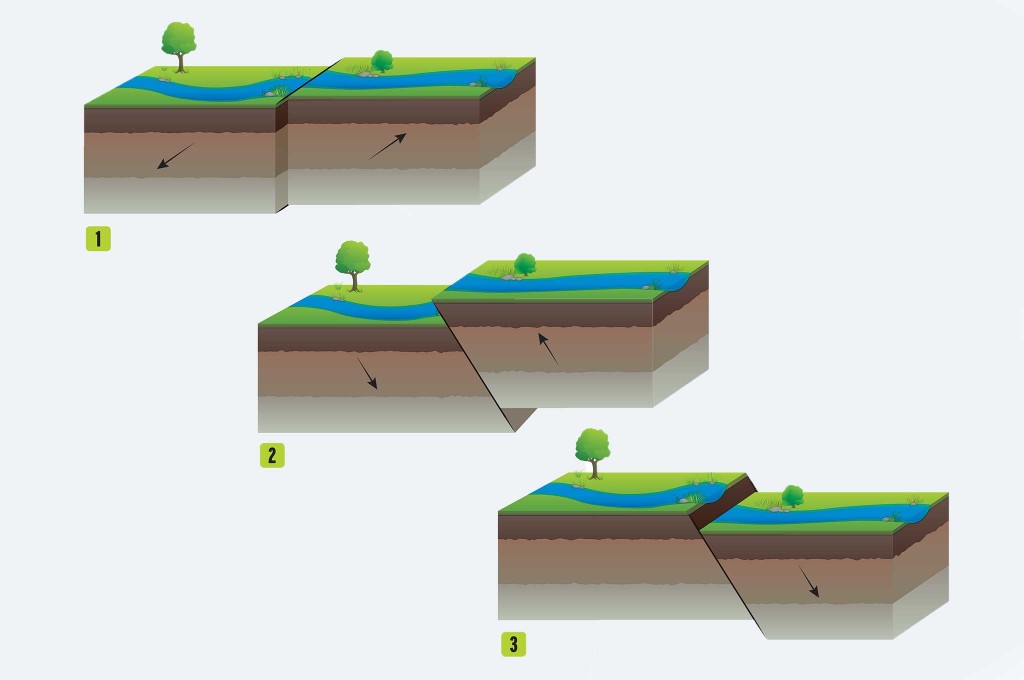
1. Strike-slip 2. Reverse fault 3. Normal fault
How Is Earthquake Size Calculated?
Earthquakes are complex events with numerous variables, which often leads to the conjecture among scientists about the actual “size.” The truth is that there are numerous dimensions of an earthquake that can be measured and, even though surface shaking is what we experience, the actual seismic event typically originates at great depths beneath the surface.
Seismic networks throughout the world use seismographs to measure what is typically referred to as the magnitude — a measurement of the earthquake’s energy, which doesn’t necessarily equate to the level of shaking you feel. Earthquakes produce two different kinds of waves, P-waves and S-waves. P-waves are the first to be recorded because they travel the fastest and have a push/pull motion. Particles subjected to a P-wave move in the same motion as the wave. The S-wave follows the P-wave, moving particles in an up-and-down and side-to-side motion.
Much like the thunder that follows lightening, the time between the arrival of the two waves determines the distance the earthquake is from the nearest seismograph, but not the direction in which it occurred. By triangulating the duration and movement of the ground recordings from other seismograph stations in the surrounding areas, the size and epicenter of the earthquake can be calculated. The Richter Scale has become an outdated method of determining earthquake size. Intensity of an earthquake is another measurement you may have heard of, but is more of an assessment of an earthquake’s effects on people, structures, and the natural environment.
To give you a relative idea of size and effect, an earthquake of magnitude 6.0 has approximately 32 times more energy than a magnitude 5.0 earthquake and approximately 1,000 times more energy than a 4.0 earthquake. Does that mean there will be 1,000 times more damage from a 6.0 earthquake than a 4.0 earthquake? No. A larger earthquake lasts longer and releases more energy, but the destruction that happens at the surface can depend on many variables, from soil conditions to structural integrity.
The 1994 Northridge, California, earthquake, which happened in a suburb of Los Angeles, was a magnitude 6.7 that killed 60 people, injured more than 7,000, and damaged more than 40,000 buildings in L.A. and the surrounding counties. The 2001 Nisqually, Washington, earthquake registered at 6.8, but caused far less damage because it occurred along a fault that was much deeper.
Where Do Earthquakes Happen?
The earth is made up of numerous tectonic plates that somewhat resemble a jigsaw puzzle. These plates are always moving, and their boundaries are made up of faults. Quakes typically occur on and in close proximity to these plate margins. How do we know where faults are? Many earthquakes leave surface evidence of displaced rock formations, and continued earthquake recordings are mapped to indicate the location of the fault. However, some faults do not show these obvious signs, and seismologists will not know their location until they produce an earthquake. Several of California’s earthquakes have occurred along faults that were previously unknown. In other words, you may not even know if you’re living on or near a fault.
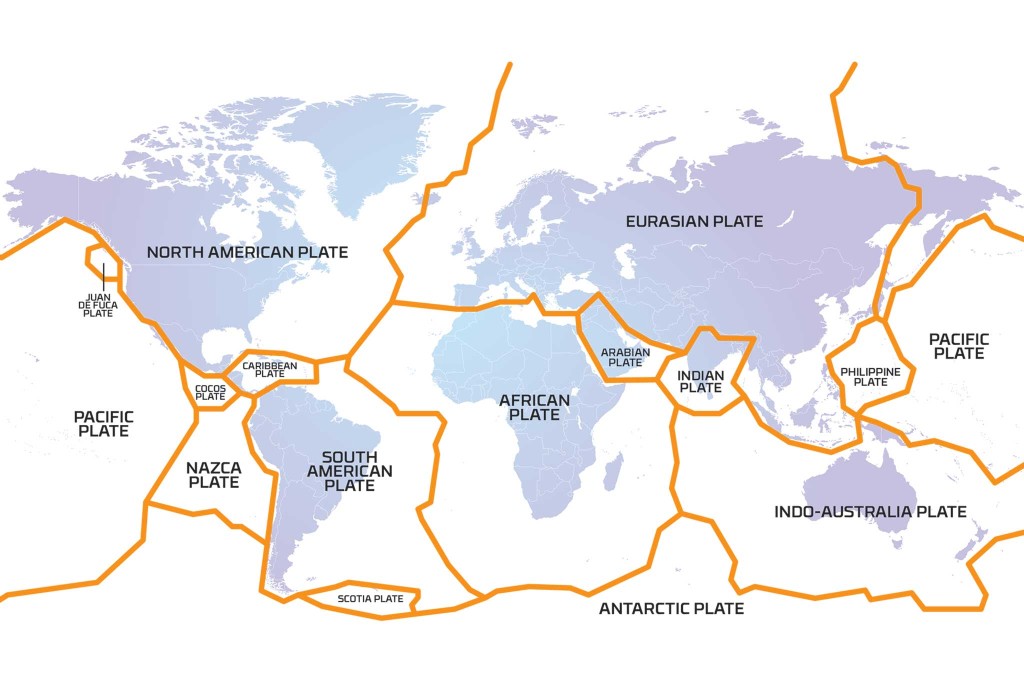
While the map shown can give you an idea where these margins are located, even though you may live a great distance from them, areas can also be subjected to induced seismicity — man-made earthquakes. Things such as dam construction have been known to cause earthquakes because the weight of the water at the surface affects stress levels of the underlying ground.
We’ve heard a lot about hydraulic fracturing (commonly referred to as “fracking”) as a cause of earthquakes. Fracking has only been directly linked to smaller earthquakes because it rarely occurs at seismogenic depths. However, wastewater disposal, which is often a byproduct of fracking and other drilling activities, has been known to set off substantial earthquakes. Wastewater disposal wells have existed for many decades, and there are thousands of them across the country. According to the U.S. Geological Survey, only a few dozen are known to have induced felt earthquakes. Will other wells eventually cause induced earthquakes? It is impossible to predict because many conditions must occur to trigger a seismic event strong enough to be felt, but as research continues, scientists may be able to learn more about the links between drilling, wastewater disposal, and seismic activity.
Prepping for Earthquakes
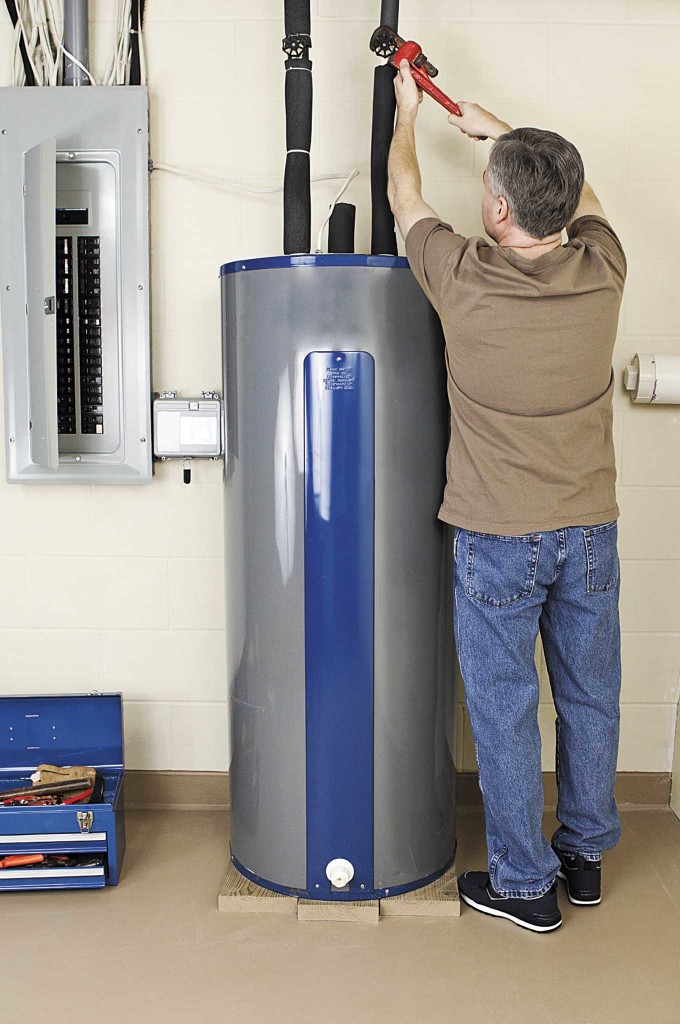
Many of the deaths that occur during an earthquake happen because of falling objects or furniture. Start by identifying potential hazards in your home or office. Take the time to secure the contents of your surroundings with some simple adjustments as well as to relocate items to safer places. You don’t need to be Bob Vila to make these modifications. Some ideas to get you started are:
- Move heavy or larger items to the floor or low shelves.
- Move taller, heavier furniture away from sofas, beds, and places that people typically spend a lot of time.
- Install latches on kitchen cabinets to prevent items from falling out.
- Secure your water heater, fridge, and other major appliances to the walls with additional metal straps.
- Hang mirrors or pictures on closed hooks. Corners of these items can also be secured using earthquake putty.
- Attach flexible connectors where gas lines meet appliances to reduce line breakage/fires.
- Top-heavy furniture can be secured to the wall using flexible fasteners like nylon straps. Anchoring to the stud in the wall instead of the drywall itself will ensure a stronger hold.
- Move flammable liquid to lower shelves or the floor to prevent spillage/fires.
- Electronics can be secured with flexible nylon straps and buckles for easy removal and relocation.
- Loose items on shelves such as lamps can also benefit from hook-and-loop fasteners. Earthquake putty or microcrystalline wax can also be applied to the base of these items for additional hold.
Now that you’ve made some potentially live-saving repairs, it’s time to come up with a disaster preparedness plan. While this will vary from person to person, since an earthquake may occur when you and your family are separated while at work or school, or together at home during the night, there are a number of (constants) that include:
- Practice “drop, cover, and hold on.” Identify safe places to remain until the earthquake is over. These can include sturdy desks or tables.
- Take a CPR course from a certified instructor.
- Make sure you have a good set of walking shoes and a working flashlight by your bed.
- Invest in at least one fire extinguisher for your home.
- If a utility shutoff is necessary, know the location of the shutoffs and keep tools handy to deactivate the utilities. Only shut off the gas if you hear or smell it leaking.
- Teach everyone emergency knocks, whistles, or other sounds to make if trapped.
- Install smoke alarms and test them monthly.
- Designate an outdoor meeting place for your and your family to rendezvous after the shaking stops.
- Identify family members with special needs such as mobility issues or medical conditions and how they can be accommodated.
- Determine where you can live if your home is uninhabitable.
- Video or photograph your belongings and keep a list of this household inventory.
- Keep important documents (insurance records, identification, medical information, financial records) in a secure waterproof container.
- Got pets? Like family members with special needs, discuss safe transportation methods and what their requirements will entail. It is unlikely you’ll be able to take them to a shelter due to space unless they are service animals.
You can also organize a meeting with your neighbors to identify who may have certain skills and possessions that will be useful in an emergency. You can also check with your city or county to see if a nearby Community Emergency Response Team (CERT) has been established. If not, collaborate with your neighbors and other nearby residents to start one.
In addition to selecting an emergency contact outside of the area, make sure you and your family have a list of phone numbers for close friends, relatives, and emergency facilities. Your children’s school or daycare may have evacuation plans. Familiarize yourself with these so you know where they may be routed.
Gear Up
Disaster supply kits run the gamut, but you’ll want to prepare a personal kit for when you’re on the move and a household kit in case you are stuck at home.
Personal Disaster Kit
It’s advisable to have three: one for your home, another for your office, and a third for your car, since you never know where you’ll be when disaster strikes. The contents of your disaster supply kits should include at least the following items:
- Medications, prescription list, copies of medical cards, and doctor’s names and contact info
- Medical consent forms for dependents
- First-aid kit and handbook
- Non-latex examination gloves
- Dust mask
- Spare glasses or contact lenses and cleaning solution
- Bottled water
- A whistle to alert people to your location
- Sturdy shoes
- Cash
- Road maps
- A list of emergency contacts that are out of the area
- High-calorie snacks
- Flashlight
- Personal hygiene supplies
- Toiletries
- Copies of identification (drivers license, passport, etc.)
Household Disaster Kit
If you are stuck at home, emergency services, water, transportation, power, and various other resources may be unavailable indefinitely. Ideally, you should assemble a household supply kit that will last anywhere from three days to two weeks. These items should be kept together in an easily accessible location. Check expiration dates on perishable items yearly, and rotate them out with fresh supplies if needed.
- Water (minimum 1 gallon a day per person)
- Tools to turn off gas and water supply
- Dining utensils and can opener
- Work gloves and protective goggles
- Plastic bags for waste
- Tarps to shelter yourself from rain or serve as ponchos
- Portable radio with extra batteries (or a hand-crank version)
- Extra flashlights or light sticks
- Canned and packaged food
- Charcoal or gas grill for outdoor cooking, along with matches or a lighter
- Pet food, and a leash or carrier
- Warm clothing
- Blankets or sleeping bags, and a tent
- Copies of identification (drivers license, passport, etc.)
Other methods of prep? Identify potential weaknesses in your home. Since most people wouldn’t know what exactly to look for, it’s recommended that you get quotes from various contractors about what can be done to strengthen any parts of your home, especially if it’s an older home built prior to more recent earthquake codes being implemented. If you rent or live in a large building, ask the landlord if any retrofitting has been done, if water heaters have been braced, and what is permitted in your rent or lease agreement to secure furniture to walls or do any other structural modifications.
Be aware that homes with crawl spaces, buildings with underground parking, unreinforced masonry, and inadequate foundations can compromise structural integrity as well. Ask your insurance carrier what, if any, provisions are in your existing policy that cover earthquakes. Do not assume your home and possessions will automatically be covered in an earthquake by standard homeowners or renters policies. If little or no earthquake-related coverage is offered, look into getting earthquake insurance to supplement any existing coverage.
When the Big One Happens
If the ground starts shaking, what do you do? This depends on your location as well as the severity of damage caused by the quake. Since we cannot cover every potential outcome, here are some guidelines to follow for an earthquake causing extreme damage.
Indoors
First, drop to your hands and knees — if you remain standing, you may lose your balance and fall. Cover your head, neck, and entire body if possible by finding shelter under a strong desk or table. If the shaking shifts your shelter, be prepared to move with it. In the event you are in bed, remain there and cover your head with a pillow. You are less likely to be injured there; many times people attempt to run from their bed only to fall or step on broken glass. Do not attempt to run outside or use the elevator. Remain where you are until the shaking stops.
Driving
Pull over and stop if the ground is shaking. Set the parking brake and if possible avoid overpasses, power lines, and bridges. If a power line falls on your car, remain there until rescue personnel can remove it.
Outdoors
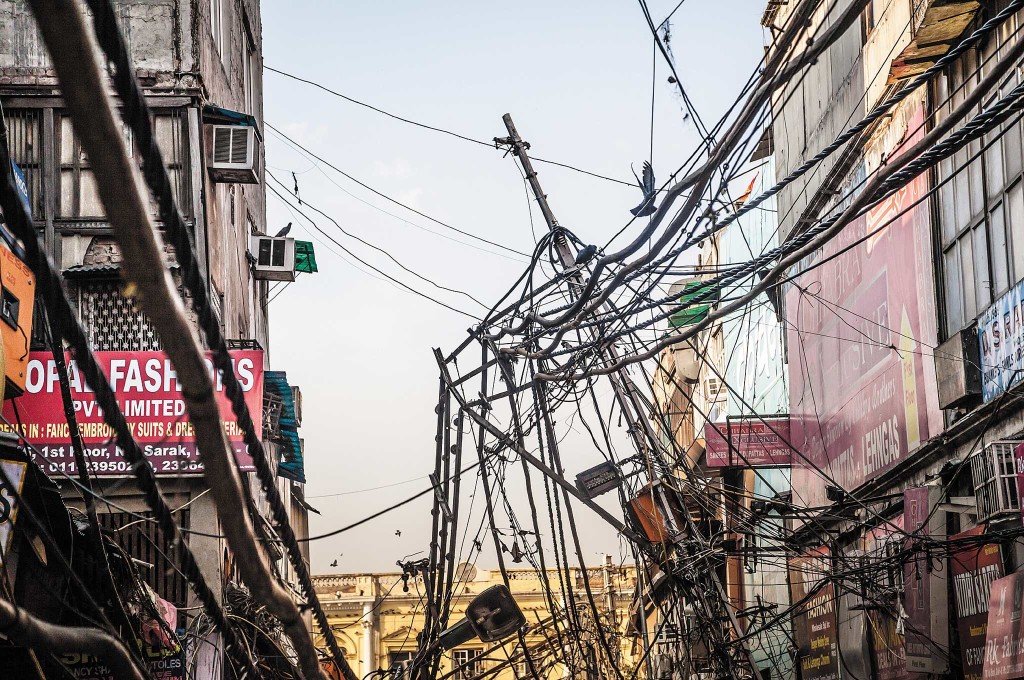
Move to an area clear of power lines, trees, buildings, or other structures that may fall. If you’re near the shore and the shaking lasts 20 seconds or longer, immediately move as far away from the shore as possible, as a tsunami may have been created and be inbound.
When the Shaking Stops
Just because the initial shaking has subsided doesn’t meant you’re out of the woods yet. Aftershocks may still occur. Do not panic — remember your emergency plans.
What Should I Do?
First attend to your own needs. Identify potential dangers in your surroundings (leaking gas lines, building damage, fires). If at home, try to put out small fires if possible. If you suspect a gas leak, shut the main gas valve off. Wait for the gas company to check for leaks before it’s turned on again. If there is damaged electrical wiring, shut the power off at the main breaker and leave it off until repaired. Unplug any broken lights or appliances; when power is restored they could possibly start fires.

Things may continue to fall so get to a safe location. If you are trapped, do what you can to protect your eyes, nose, and mouth from dust. If you are bleeding, put pressure on the wound and elevate the injury. Try to communicate for help by knocking on solid pieces of the building, whistling, using your cell phone, or shouting. Keep doing it every few minutes as rescue personnel will be listening for distress signals.
Once you are safe, attend to others. Use any first-aid training to assist those in need. If you are unsure of what to do, wait for EMTs to arrive and administer medical attention. Do not move anyone seriously injured unless they are at risk of further injury.
Get to a Safe Location
Evacuate your home or office only if the structure is damaged or the surrounding area is unsafe. Use your disaster supply kit as needed. Relocating to a friend or relative’s house that’s undamaged or to a community shelter is advisable with your personal disaster kit. If the building is undamaged, it is OK to remain there even if utilities are out, but if the power remains out for several days, you may want to find another location to hold up.
Continue to follow your disaster preparation plan and remember to get in touch with your out-of-area contact to tell them your location and condition. Use your radio to get information about safety advisories or shelter locations being set up. If you remain at home, food and water is imperative. You can use up anything in your freezer within a couple days before it spoils. Water lines may be ruptured or contaminated. If your water is off or potentially unsafe, you can drink bottled water, the contents of your water heater, melted ice cubes, or liquid from canned vegetables.
In the Aftermath
Following any aftershocks, continue to use the information in your disaster plan and the supplies at your disposal. If you can remain at home and utilities are shut off, until you are sure there are no gas leaks, do not use any open flames indoors. Wait for the gas company to turn it back on. If the electricity was shut off and then reactivated, inspect your electronic equipment and appliances for potential damage. Locate or replicate any important documents that may be lost. Check on the condition of your neighbors as well.
Take pictures of any damage to your property and contact your insurance company immediately to begin your claims process. FEMA may also be able to provide financial and housing assistance. You can learn more by visiting www.fema.gov.
Continue to monitor radio and TV reports about emergency resources and advisories. If repairs are needed to your home, be sure any contractors performing the work are licensed, as fraud is common following disasters.
If you have to relocate to a shelter, take your disaster kit with you. Its contents should only entail necessities required for survival. Trying to bring valuables with you or large quantities of unnecessary items may result in theft and taking up needed space. You can also set up an alternate mailing address in person or online with the USPS.
You play an important role in the rebuilding process, so get involved and make sure you provide input in deciding how your community rebuilds.

Plan for Resources that May Be Compromised by Earthquakes
Power
If the magnitude is large enough, power may go out and stay shut off indefinitely. This includes both gas and electricity. Investing in extra gas supplies and generators (both solar and gas powered) may improve your living conditions substantially.
Water
Water lines may be ruptured and stop flowing for months. In addition, broken sewage lines could contaminate damaged water lines and render tap water unsafe for up to a year. Stocking up on extra water is highly recommended.
Communications
Mobile phone lines may be overwhelmed because so many are trying to call at once; this may go on indefinitely. Because the methods by which cell towers are affixed to buildings are not regulated, towers may be damaged by shaking. Downed phone lines and Internet access may contribute to interrupted communications as well. Satellite phones may prove to be a worthwhile investment.
Transportation
Damage to roads may take months to repair. Find alternate routes to work, medical help, or potential bug-out locations instead of relying on conventional highways.
Hospitals
At a time when people will need medical attention the most, earthquakes may not only cause undamaged hospitals to reach capacity and operate with limited resources and staff, but damage to other hospitals means that they could rendered unsafe and closed. The ability to be treated will be greatly reduced. Finding other means of medical care, taking first-aid courses, and coordinating with nearby residents to see if any are trained medical professionals is advisable.
5 Myths About Earthquakes
Head for the Doorway for Protection
In modern houses, doorways are no safer than any other part of your house. Do not stand in a doorway during an earthquake; you are safer under a table or desk.
Is There Such a Thing as “Earthquake Weather”?
There has been no scientific proof for earthquakes being prone to certain kinds of weather. They can happen anywhere at any time.
Scientists Can Predict Earthquakes
Modern earthquake detection systems can only sense the onset of an earthquake within seconds. Even though research continues and scientists learn more about earthquakes, no early detection system will likely be created in the foreseeable future.
Certain Animals and Some People Can Sense When an Earthquake is About to Happen
There have been reports of people or animals acting strangely immediately preceding an earthquake. To date no scientific link has been established to substantiate that animals or people can predict earthquakes. If there is some connection between behavior and earthquakes, it is still as of yet unexplainable.
Earthquakes Near Coastlines Automatically Cause Tsunamis
Although tsunamis followed the 2004 Sumatra and 2011 Japan earthquakes, that does not guarantee that earthquakes in close proximity to a coastline will cause tsunamis. The aforementioned quakes happened on subduction zone faults, on which fault slips caused a vertical uplift of the sea floor. Another earthquake of the same magnitude happened in 2012 in the same region as the previous 2004 Sumatra quake and generated no tsunami. Both occurred in deep water, but the first involved sudden vertical movement, while the second involved lateral movement.
The San Andreas fault in California cannot cause a big tsunami like the Sumatra or Japan events. While part of the San Andreas fault is offshore, the motion is mostly horizontal, so it will not cause larger vertical motions of the ocean floor that would create a tsunami; however, earthquakes on other faults offshore of California or underwater landslides could cause locally damaging tsunamis in California.

